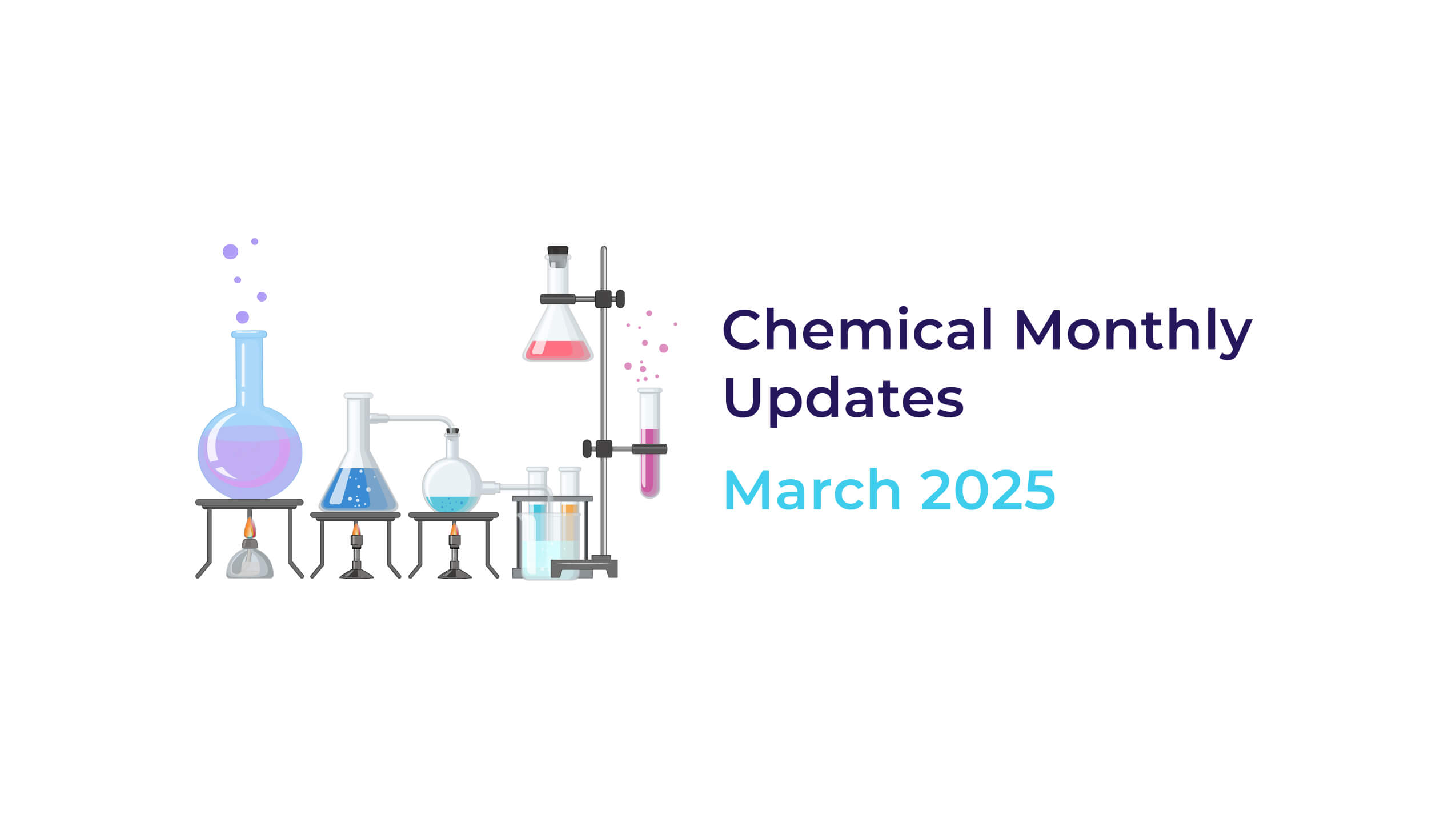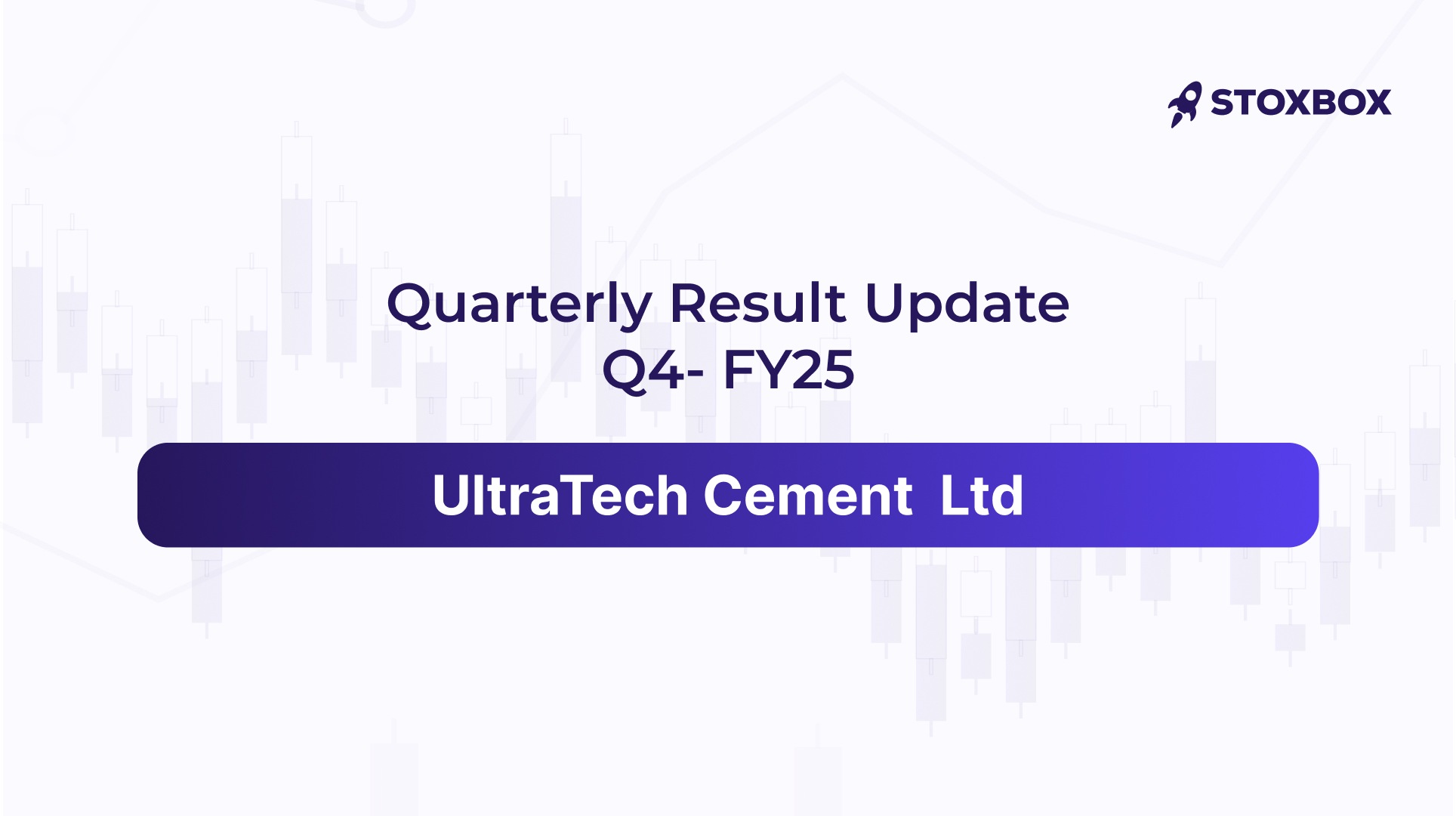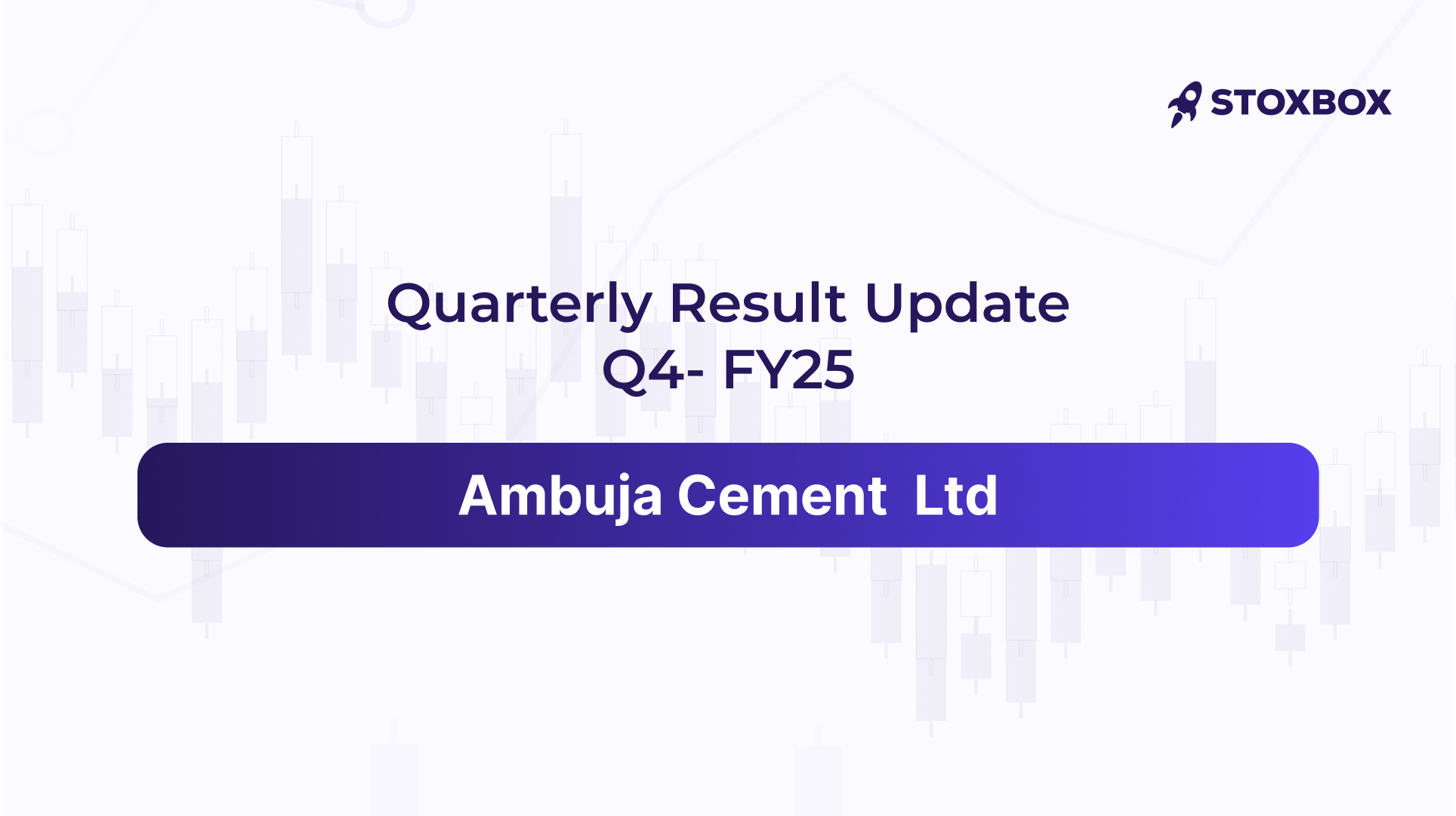Home » Financial News Hotbox » Results » Chemicals Monthly Update – March 2025
Making Sense of a Shifting Market
The chemical sector saw mixed price movements in March. While prices of basic commodities stayed low, a steady demand in some segments gave a bit of relief. In India, the chemical sector is gradually recovering, mainly due to growth in sales volume. The government has also become more proactive in protecting domestic manufacturers by imposing anti-dumping duties (ADDs), which restrict the import of cheaper foreign products and help Indian companies stay competitive. On the global front, challenges continue. The ongoing trade tensions between China and the US are adding pressure to the supply chain. There’s concern that China might divert its chemical exports to other markets, which could disrupt global trade patterns. At the same time, Europe’s chemical industry is dealing with weak demand and high energy costs. This has slowed their recovery, and given the overall weak economic outlook in Europe, demand is expected to stay low in the near term. In the US, the American Chemical Council has reported falling customer demand, both from local and international buyers. Production in the US, which was already declining in Q3FY25, has dropped further in Q4FY25, creating a cautious mood among chemical companies across the globe.
Despite these global challenges, Indian chemical companies are expected to report a decent performance in Q4FY25. This is largely due to the lower base effect from last year, meaning comparisons look better, and stable demand in key areas. The phase where companies were cutting their profit expectations seems to be ending. Going ahead, Indian chemical companies could gradually improve their profitability. The long-term outlook remains positive, driven by growth in specialty chemicals, the increasing trend of import substitution, and rising exports — especially as global companies follow the “China+1” strategy, where they diversify their supply chain away from China and look more towards India as an alternative manufacturing base.
In terms of pricing trends, several chemicals showed changes in March. Prices for refrigerants stayed firm in China, which pushed up R32 refrigerant import costs into India. Indian producers like SRF and Navin Fluorine, who have strong manufacturing capacities, are likely to benefit from this rising demand. Palm oil prices remained high due to increased import duties. Caustic soda prices saw a sharp recovery. Aniline and acetic acid prices rose by 3% and 4% month-on-month, while acetone and benzene prices declined. Phenol prices increased by 2%. Ethanol and vinyl acetate monomer (VAM) prices also went up, but methanol and ethyl acetate prices saw a drop. Bromine prices have seen a modest decline over recent months.
Indian chemical firms are also focusing on long-term strategies by investing more in R&D, adopting new chemical processes, and expanding their product lines to meet future demand. Meanwhile, large global players are showing caution. For instance, Bayer cut its growth outlook, Corteva is facing pricing pressure despite stable demand in Latin America, and Dow Chemical is focusing on cost-cutting and driving volume growth. These global trends show that demand remains soft and cost pressures are still high.
However, Indian companies are in a better position due to strong domestic demand, supportive government policies, and their increasing role in global supply chains. There’s a massive growth opportunity in the specialty chemicals space, as India becomes a key supplier in global markets. Companies like Aarti Industries, Archean Chemical, Clean Science, GHCL, Laxmi Organics, Navin Fluorine, Neogen Chemicals, SRF, and Vinati Organics are expected to benefit due to their focus on value-added products and strong manufacturing capabilities. While the global outlook may be uncertain, Indian chemical companies are showing resilience and are well-positioned to grow steadily over the next few quarters.
Your Wealth-Building Journey Starts Here

You might also Like.
UltraTech Cement Ltd – Q4FY25 Result Update
Sector Outlook: Positive Strong volume growth drives profitability UltraTech Cement...
Ambuja Cement Ltd – Q4FY25 Result Update
Sector Outlook: Positive Robust volume-led growth; Cost control and expansion...


